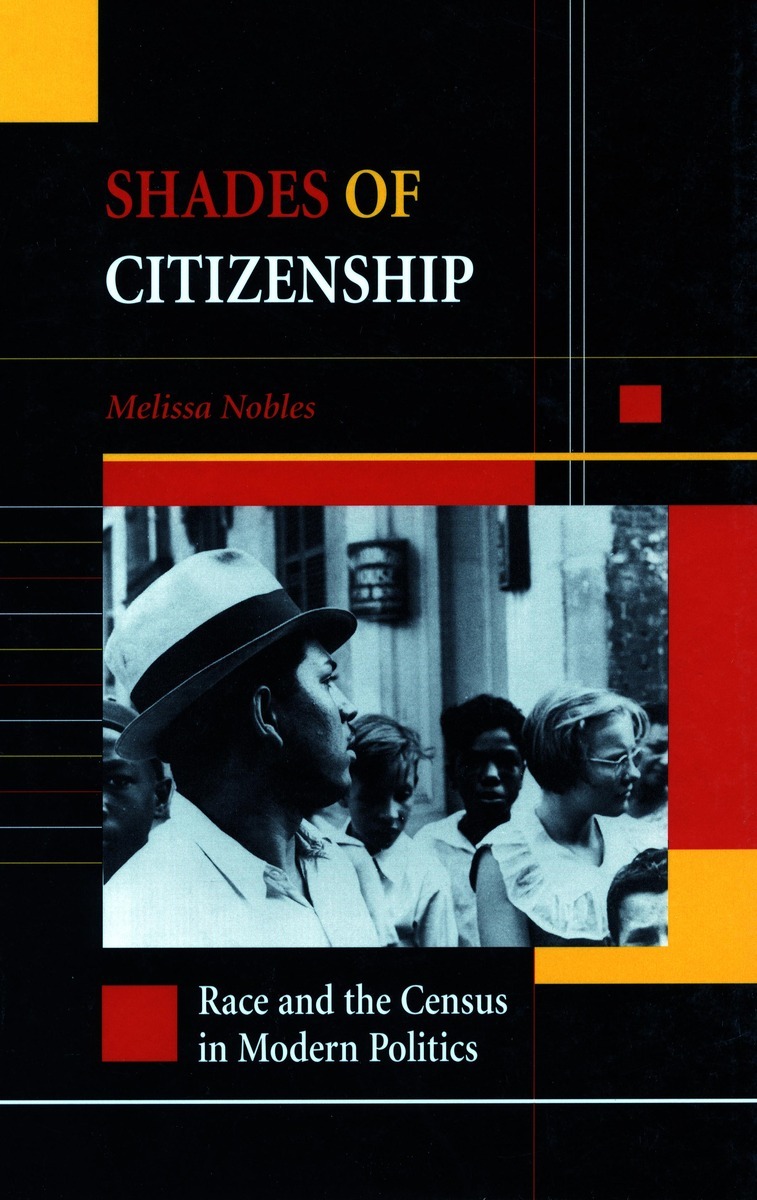2009 Meeting of the Latin American Studies Association
Rio de Janeiro, Brazil
2009-06-11 through 2009-06-14
Julia María Schiavone Camacho, Assistant Professor of History
University of Texa, El Paso
On May 12, 1960, the Mexican Chinese community leader in Macau, Ramón Lay Mazo, wrote to a prominent Mexican widow, Doña Concepción Rodríguez Viuda de Aragón, in Tampico, Tamaulipas, Mexico. Seeking her continued support for the Mexican Chinese repatriation cause, he conveyed the deep, devoted love Mexican women living in China felt for their nation, Mexico. When he asked Mexican women in China whether they wanted to move to other countries, they replied, “Ni que me den un palacio allá, prefiero México, aunque vaya a vivir bajo un mesquite” (“Not even if they gave me a palace there, I prefer Mexico, even if I have to live under a mesquite”). Disheartened by the Mexican government’s disregard for them and their desperate situations, Ramón tried to convince Mexican women to consider living elsewhere. He warned them that Mexico might not be the same as it once was and that it might be more difficult to survive in the communities where they had once lived. To this the women rejoined, “Aunque vayamos a escarbar camotes amargos a la sierra, queremos México” (“Even if we have to dig for bitter sweet potatoes in the sierra, we want Mexico”). The conditions, where in the nation they might live, and how long they might have to wait were no matter. They wanted to return to the Mexican homeland they had longed for since years past…
Read the entire paper here.

